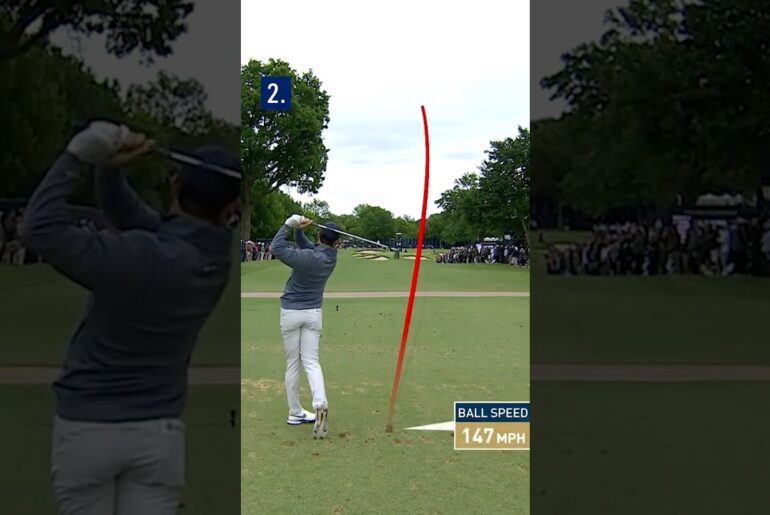The PGA Tour is transforming eligibility rules for the 2026 season, cutting fully exempt player spots from 125 to 100 based on the FedExCup points list. This video breaks down what this means for players battling to keep their tour card, including the increased pressure on the fall schedule and conditional status impacts for those ranking 101-125. Learn how top players like Peter Malnati and Lanto Griffin are navigating these new challenges and what it means for PGA Tour events and fans alike.
Key topics covered:
– FedExCup top 100 exemption changes starting 2026
– Increased pressure on players close to the cut line
– Differences between fully exempt and conditional status
– How fall tournaments become more crucial for status
– Player perspectives on the new competitive environment
Stay informed on PGA Tour eligibility updates, FedExCup race dynamics, and tournament implications with this detailed overview designed for golf fans and sports enthusiasts.
Imagine a world where the line between making it and falling short shrinks by 25 spots overnight. That’s exactly what’s happening on the PGA Tour. And it’s turning the fall season into a high stakes chess game for golfers fighting to secure their futures. Starting next year, the tour is slashing the number of fully exempt players from 125 to 100. A decision that’s sending ripples of anxiety through the ranks. But here’s where it gets controversial. Is this move a necessary push for excellence, or is it unfairly squeezing out talented players who’ve earned their place? Let’s break it down. For players like Peter Malnati, currently sitting at 179th on the FedEx Cup points list, the stakes have never felt higher. Having that win at the 2024 Valpar Championship is a huge relief, he admits. Otherwise, this fall would feel like climbing Mount Everest with a backpack full of bricks. The math is staggering. The gap between 125th and 100th on the current points list is 114 points, roughly equivalent to a top five finish in a mid-tier tournament. That’s a mountain to climb. Malnati says the pressure is still there, but it’s dialed up to 11. Lanto Griffin knows this pressure firsthand. Last year, he finished 171st on the list, scraped together a single top 10 finish and barely clung to his status through Q school. This year, with the new 100 player benchmark, the margins are razor thin. It feels like the walls are closing in. He says, “You could have a decent year and still end up at 110. What does that even mean for 2026? No one has a crystal ball.” And that’s the part most people miss. The tour’s new system leaves a We’re flying blind, Griffin admits. They say 110 or 120 points will get you starts, but who’s to say how many? The top 100 is the dream, but the next 20 might just be a lottery ticket. So, what’s the bigger picture here? Is this change a bold step toward raising the tour’s competitive bar? Or is it creating an arms race where even solid performances feel like failures? The players are split. Some argue the tighter field will push everyone to elevate their game, while others worry it’s a numbers game that undervalues consistency. And let’s not forget the elephant in the room. How will this affect the tour’s relationship with fans who want to see both stars and rising talent? We’d love to hear your take. Do you think the PGA Tour’s new exemption system is a fair challenge, or is it setting up players for unnecessary stress? Drop your thoughts in the comments. This one’s sure to spark a debate.







